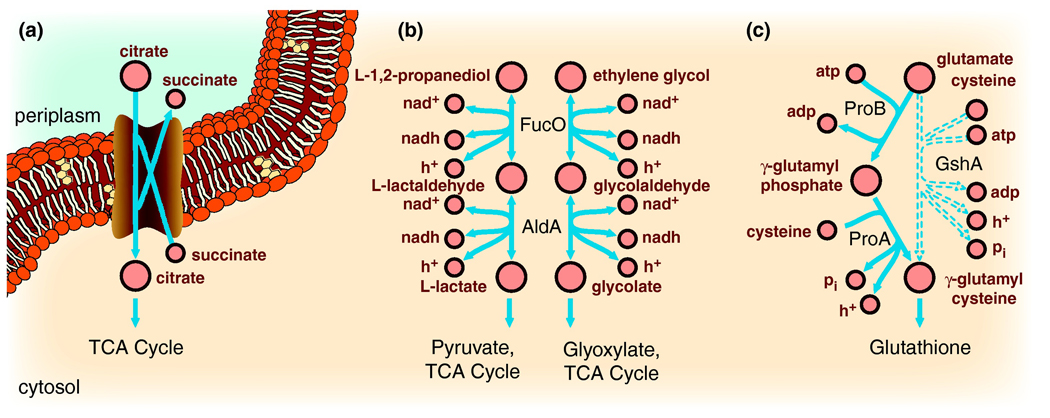Figure 2. Extension of metabolic pathways through laboratory evolution.
Laboratory evolution under a defined selective pressure has identified a few cases in which a new metabolic function arose. Three of these examples include the ability that E. coli gained to (a) transport citrate after 33,000 generations, (b) metabolize L-1,2-propanediol and ethylene glycol, and (c) synthesize glutathione when a key enzyme in its synthesis was deleted.

